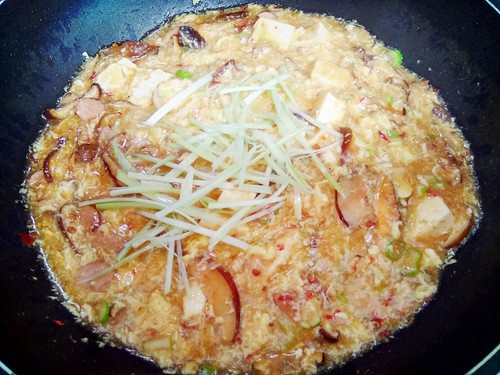Biochemical reactions in this design can be broadly grouped into six modules: (1) early receptor activation activities these kinds of as receptor-ligand binding and adaptor protein association (2) reactions describing Gab1 activation of the Akt pathway (3) proposed mechanisms for Gab2 antagonism (four) Akt activation (5) receptor trafficking, like internalization, endosomal sorting and degradation and (six) VEGF dissociation from VEGFR2 complexes. Like the PDGF method, VEGF ligands are covalently predimerized. In our model, we presume that VEGFR2 are also pre-dimerized. There are multiple possible mechanisms of receptor dimerization [eighteen], but that is not the focus in this research. Ligand stimulation is approximated as a stage-activation, ensuing in autophosphorylation of the VEGFR2 cytoplasmic domains. This generates docking internet sites for SH2-domain made up of adaptor proteins Shc and Grb2. In our product, we do not distinguish explicitly among receptor autophosphorylation at the a variety of tyrosine residues such as Y1175 and Y1214, as there is restricted appropriate instruction knowledge. The phosphorylation of scaffolding proteins Gab1 and Gab2 is dependent on Grb2 [20]. Based on experimental reports in VEGF-stimulated endothelial cells, the purpose of Gab1 is comparable to that of EGF-stimulated epithelial cells [22,23,33] Gab1 mediates PI3K activation. That’s why the reactions in module two the Gab1-Akt module, reactions 5-eight and 14 of Desk S1 and Determine S1 in File S1-are mostly tailored from existing mass action designs of Gab1 activation in EGF systems [6,8]. Gab1 and Gab2 have equivalent binding domains, which includes domains for Shp2 and PI3K. Consequently, we hypothesize that the two Gab proteins associate with Shp2 and PI3K via similar mechanisms. Even so, given that Gab2 binds the receptor sophisticated far more transiently than Gab1, we suggest that its dissociation is mediated by Shp2, for causes explained in the introduction (Desk S1 in File S1 reactions 9-thirteen). Akt is activated through the canonical PI3K/Akt pathway [7], in which the phosphorylation of PI3K by the receptor intricate catalyses the formation of PIP3 from PIP2. PIP3 creation may be reversed by phosphatase PTEN. Akt phosphorylation is mediated by PDK1, whose affiliation with PIP3 is necessary for its catalytic perform. Akt is 935693-62-2 dephosphorylated by phosphatase PP2A. PP2A is activated by way of unfavorable comments by doubly phosphorylated Akt represented by Aktpp.12070529 These reactions are represented in Desk S1 in File S1 reactions fifteen-thirty. All receptor complexes are susceptible to receptor trafficking procedures. recycling and degradation, with differential costs for ligated and unligated receptors. Internalization and recycling are represented as reversible first-get reactions (Table S1 in File S1 reactions 31-forty four) degradation of the internalized molecules is modeled as irreversible 1st-get reactions (Desk S1 in File S1 reactions 45-fifty eight). Biochemical reactions in this design are written as first or next get reactions. Cross-talk interactions in between the MAPK cascade and Akt cascade are not modeled here as Akt signaling has been revealed to be comparatively unbiased of the MAPK  cascade [six] and that’s why was still left out of a subsequent examine on therapeutically concentrating on PI3K/Akt signaling in ErbB receptor systems [seven].
cascade [six] and that’s why was still left out of a subsequent examine on therapeutically concentrating on PI3K/Akt signaling in ErbB receptor systems [seven].